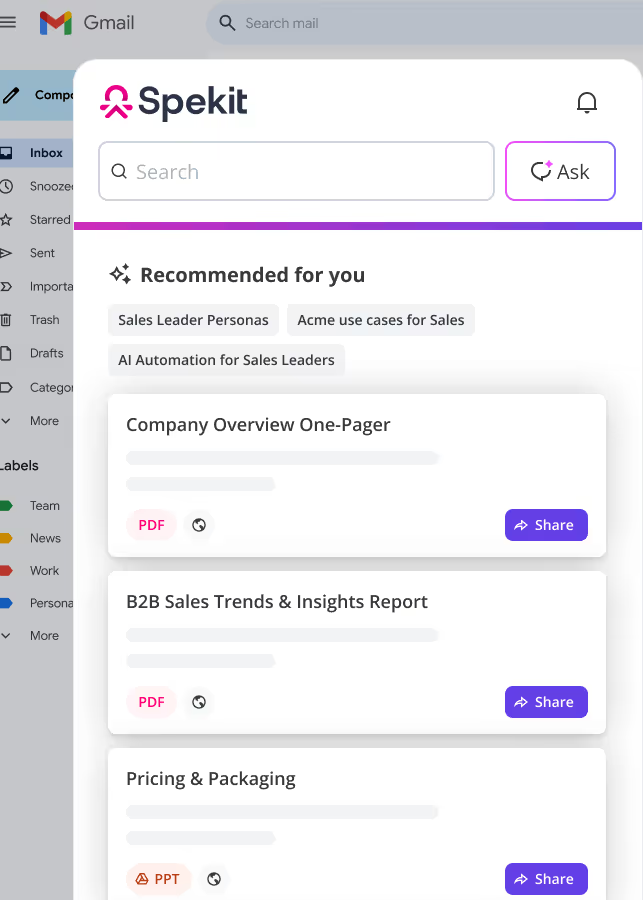1. Active Prospect in Salesforce Pardot
An active prospect is a prospect that has had at least one activity—any activity besides an email send, email open, email bounce, or opportunity.
2. Automation Rule in Salesforce Pardot
An automation rule is a repeatable, criteria-based rule that finds matching prospects and applies actions to them.
3. CRM in Salesforce Pardot
CRM stands for Customer Relationship Management and typically refers to Salesforce. At its simplest, a CRM system allows businesses to manage business relationships and the data and information associated with them.
4. Campaign in Salesforce Pardot
An Account Engagement campaign is a thematic touchpoint (similar to a source in other systems) that tracks a prospect’s first touch. A prospect’s Account Engagement campaign is set when the prospect first clicks a tracked link or lands on a page that contains tracking code.
After a prospect is associated with a campaign, the prospect remains associated with that campaign. Each prospect is associated with only one Account Engagement campaign, but you can edit which campaign they’re associated with.
5. Connector in Salesforce Pardot
These tools sync with third-party applications, like webinar services and Google Ads, and pass data between the two applications. Using connectors, you can manage disconnected marketing channels.
You could have accessed this content directly within Salesforce Pardot.
All this content (and more) is available to import and surface in your own Salesforce Pardot instance with Spekit. Give employees the bite-sized training, documentation, and knowledge they need – where and when they need it.
See Spekit in Action
6. Custom Object in Salesforce Pardot
Custom objects allow Account Engagement to run automations around custom or default objects in your CRM that aren’t default objects.
7. Custom Redirect in Salesforce Pardot
Use custom redirects to track banner ad clicks, links to third-party sites and links on social media and to access files hosted outside of Account Engagement.
8. Dashboard in Salesforce Pardot
The Dashboard is the home page that you land on after you log in. It provides a high-level overview of your notifications, active prospects, and more.
9. Dynamic Content in Salesforce Pardot
Use dynamic content to display custom HTML on your website or marketing forms, landing pages, layout templates, and emails based on prospect criteria. When a prospect matches the criteria for your dynamic content, a variation of the content displays.
10. Dynamic List in Salesforce Pardot
A dynamic list is rule-based. It automatically adds prospects when they match the criteria and removes them when they don’t.
11. Email Draft in Salesforce Pardot
An email draft is an email that hasn’t been sent yet. Drafts are created for a single list email send.
12. Email Preference Center Page in Salesforce Pardot
The Email preference center page is where your prospects can subscribe and unsubscribe from your public lists.
13. Email Template in Salesforce Pardot
An email template is a reusable email design that you can base new emails on. After you design and build a template, you can personalize an email for each recipient.
You can also modify a template and limit what kind of changes your users can make. Email templates are also used with Engagement Studio.
14. Form Handler in Salesforce Pardot
A form handler is an alternative to a marketing form.
You can use a form handler to integrate your third-party or custom forms to track submission data in Account Engagement.
15. Grade in Salesforce Pardot
Grading reflects a prospect’s persona, fit, or demographic.
The grade is based on information you have about the prospect, like industry, job title, and company size.
16. Landing Page in Salesforce Pardot
A landing page is the page that a visitor typically is sent to after clicking a link or advertisement. The page generally displays tailored content specific to the advertisement, search keyword, or link clicked.
17. Layout Template in Salesforce Pardot
Use a layout template to format landing pages, forms, and site search results.
18. Mailable Prospect in Salesforce Pardot
A mailable prospect is a prospect that can receive marketing emails. Mailable prospects haven’t unsubscribed, had a hard bounce or five soft bounces, or manually opted out.
19. Page Action in Salesforce Pardot
A page action is a completion action that is triggered by a prospect’s page view. You can apply page actions to any page that contains your tracking code.
20. Profile in Salesforce Pardot
A profile is used to grade prospects based on your ideal customer. Set criteria, such as location, company size, job title, and other factors, and use them to tier your prospects.
21. Prospect in Salesforce Pardot
A prospect is an anonymous visitor that has converted and is now identified.
22. Prospect Account in Salesforce Pardot
The company that a prospect is associated with. Group prospects who work for the same company to keep all the information about the company in one place.
23. Score in Salesforce Pardot
A score is different from a grade. A score is based on activities (pages viewed, forms completed, and so on) that a prospect performs.
Scoring indicates how interested or engaged a prospect is with your company.
24. Scoring Rules in Salesforce Pardot
Use scoring rules to adjust a prospect’s score. You start with baseline scoring rules. You can also create your own custom rules.
25. Segmentation in Salesforce Pardot
Segmentation refers to how you create a target list of prospects for marketing needs, such as a newsletter or engagement program.

